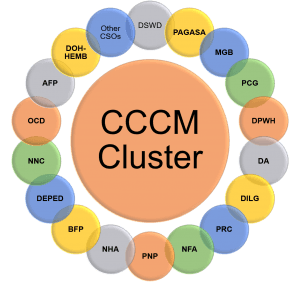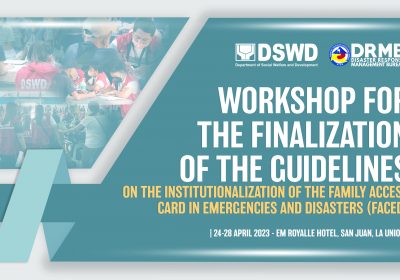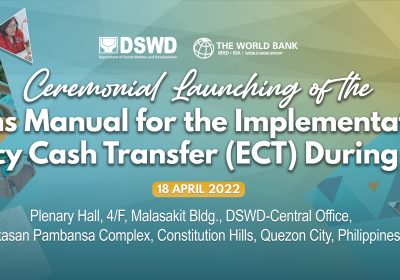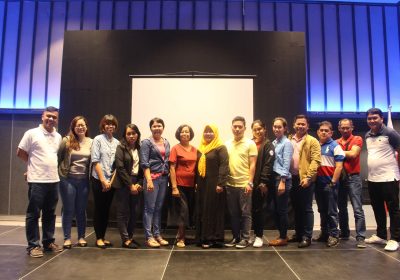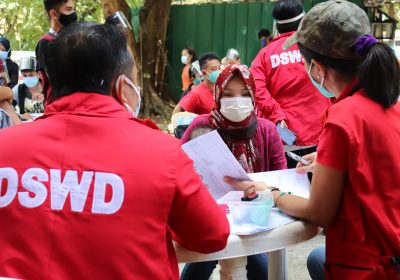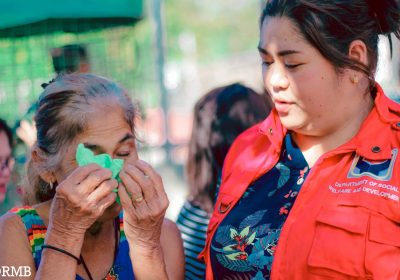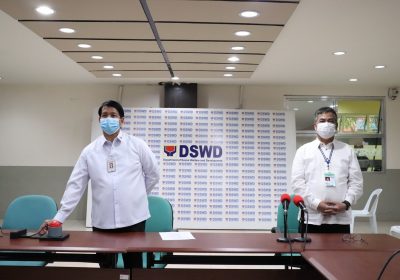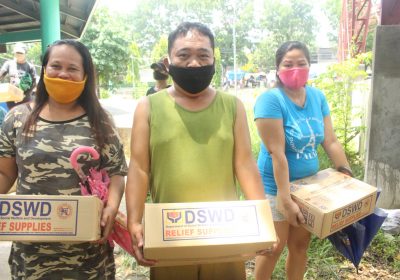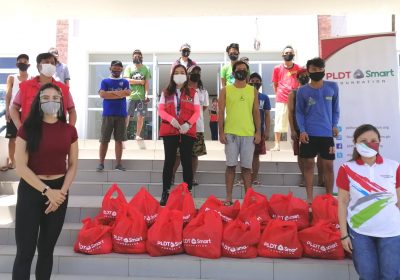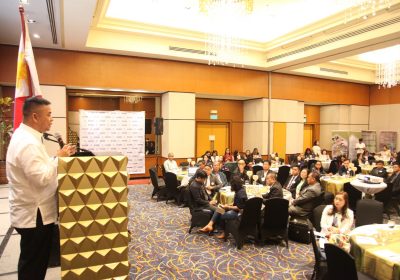Mission and Objectives:
The CCCM Cluster ensures that all requirements needed in the management of evacuation center are being met and the delivery of basic services is well coordinated. Specific objectives of the cluster are:
- To ensure that facilities in the identified safe, secure and accessible evacuation centers for emergencies and disasters are functional;
- To ensure the designation of camp managers and leaders
- To ensure that temporary refuge to individual and families potentially at risk or in actual danger are immediately provided;
- To ensure the establishment of accurate sex and age disaggregated data e.g. listing and profiling of internally displaced persons (IDPs) in evacuation centers or transitional shelters;
- To ensure that all IDPs in evacuation centers are provided with basic humanitarian needs compliant with SPHERE standards such as, but not limited to food with enough nutritional values, potable water, clothing, family items, hygiene kits and other essential non-food items;
- To ensure the establishment of medical stations with available medicines and medical personnel that provide medical services 24/7;
- To ensure that energy source and communication facilities are in place;
- To ensure that Evacuation Centers (ECs) are off limits and have designated areas for pet animals and livestock;
- To ensure the availability of security personnel inside the evacuation centers 24/7;
- To ensure the conduct of age appropriate and gender/culture sensitive activities that will facilitate the IDPs’ quick recovery from the impact of the disaster
- To continue to seek opportunities for recovery, rehabilitation and developmental tasks as post response activities are undertaken, in case of prolonged stay.
Composition
